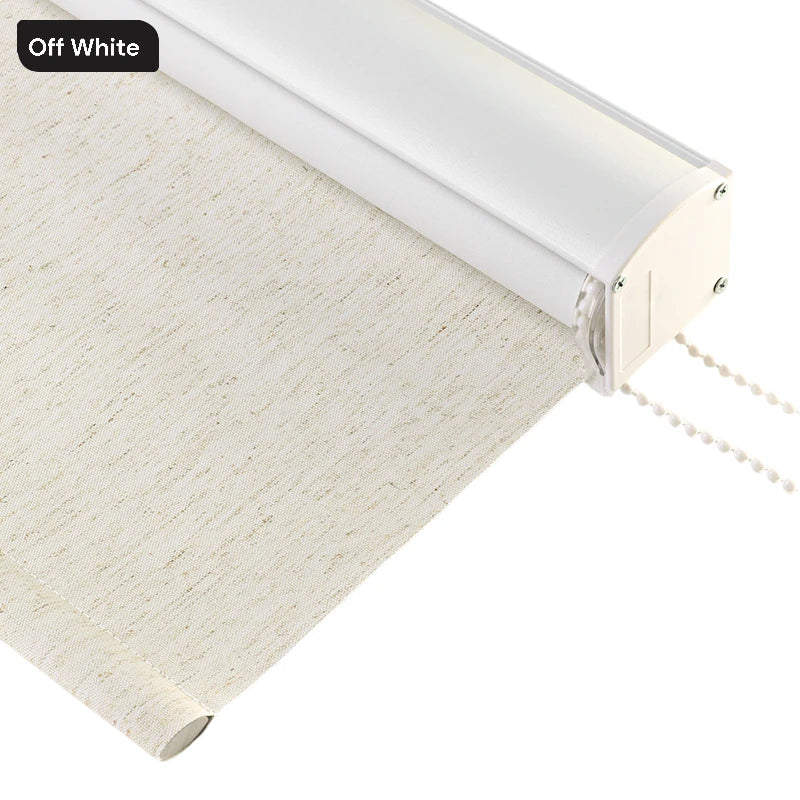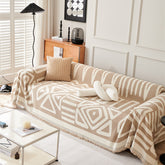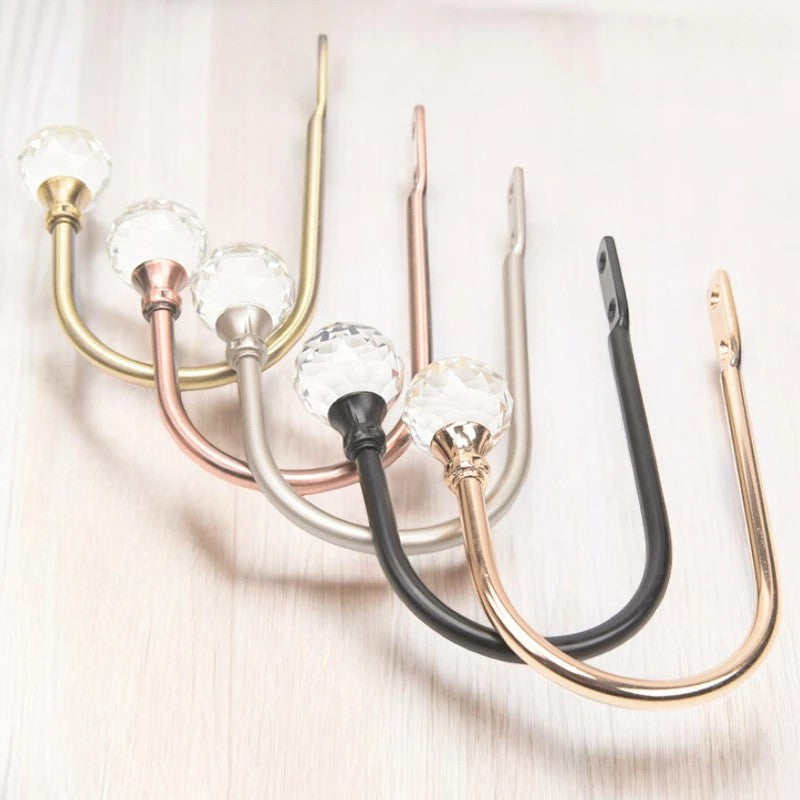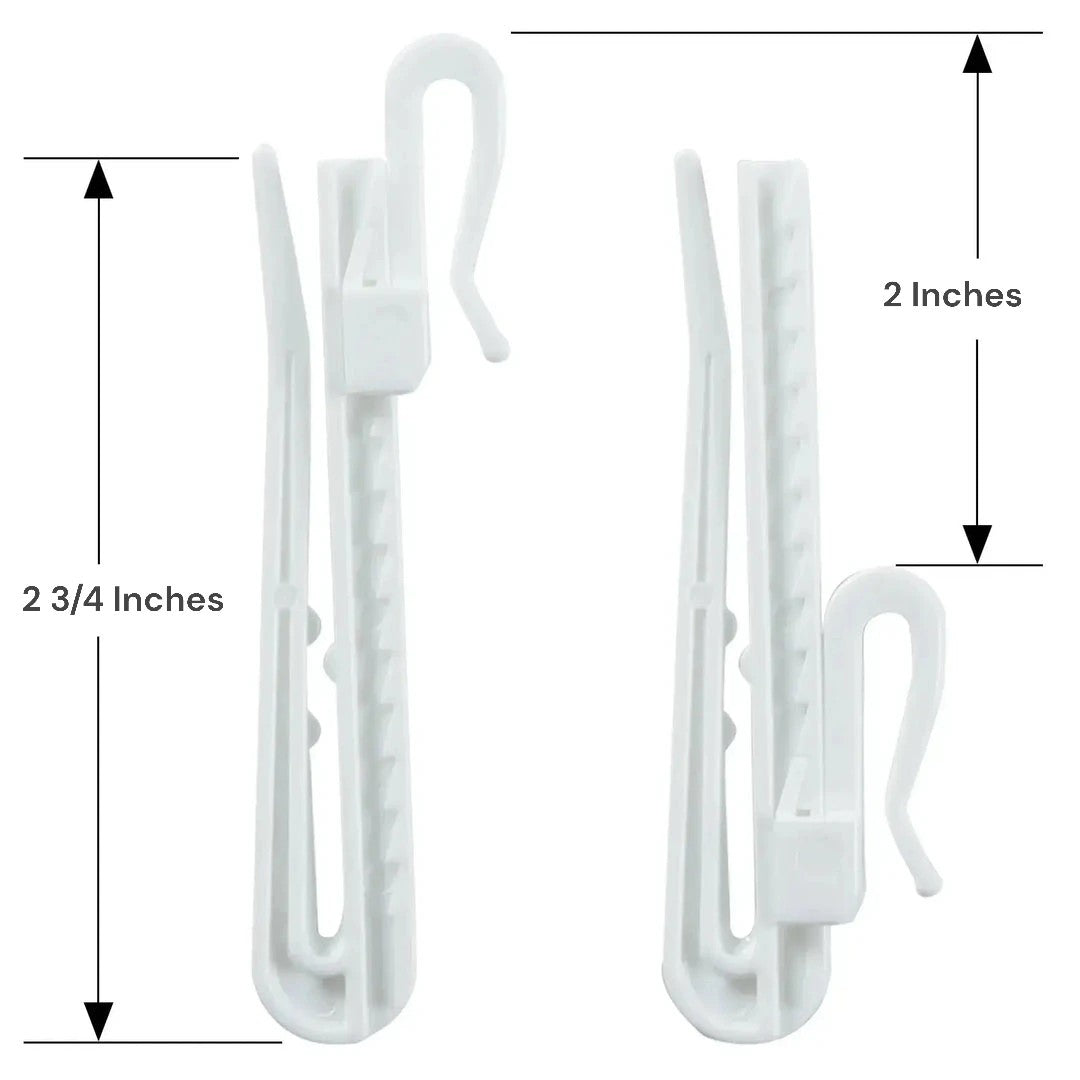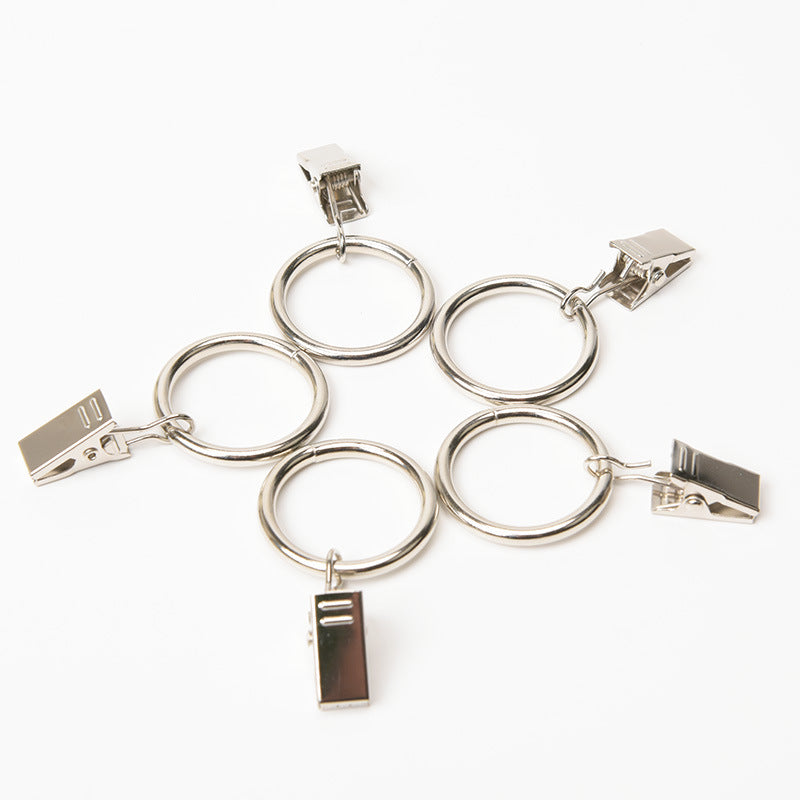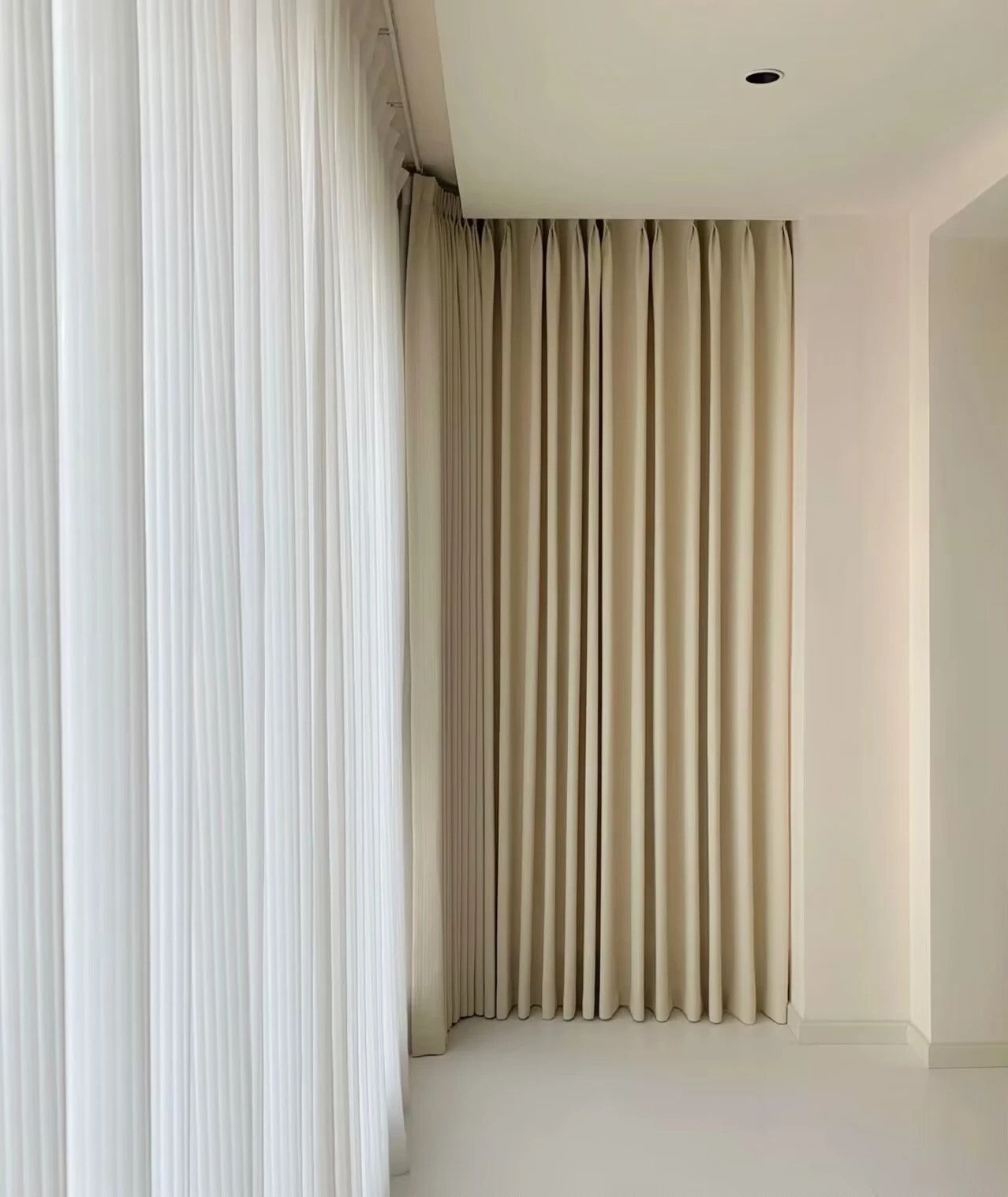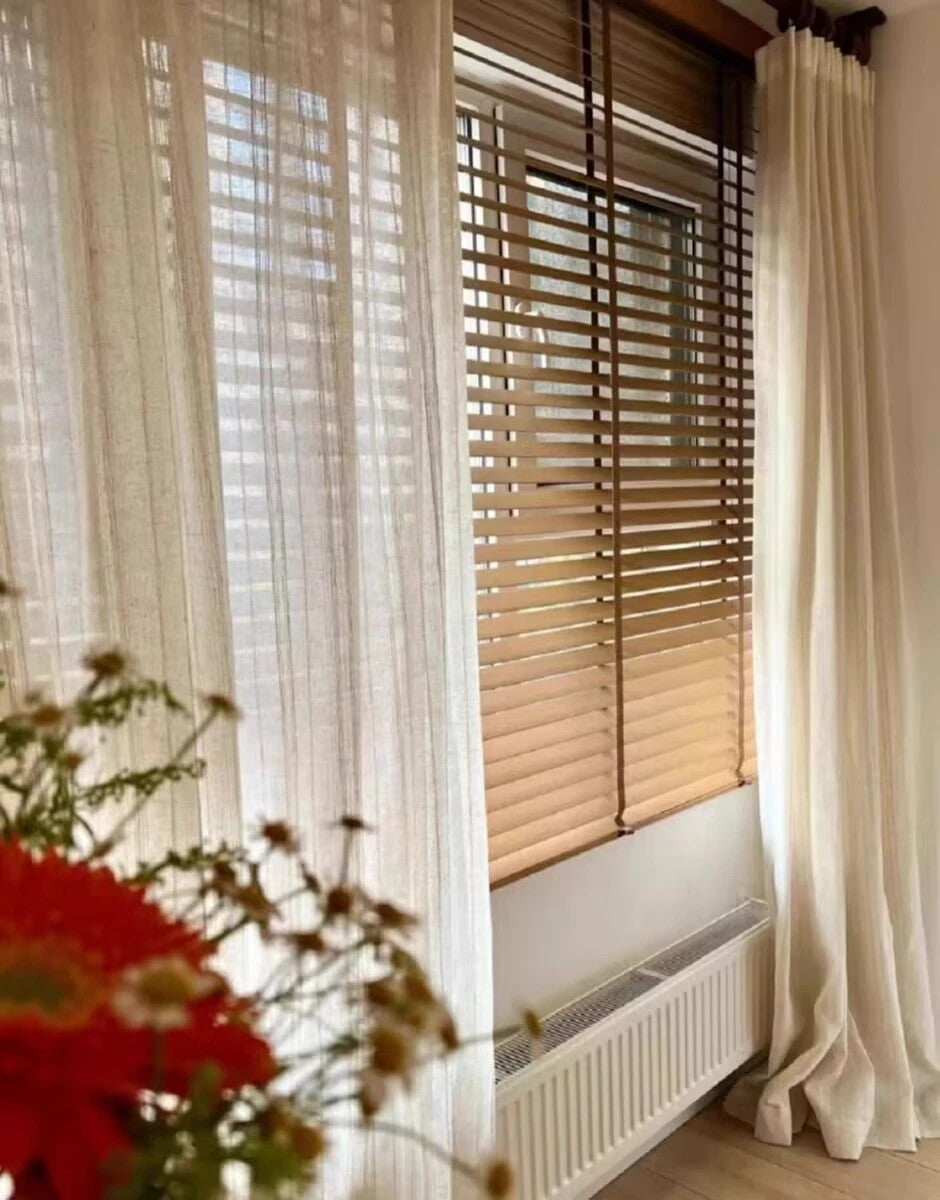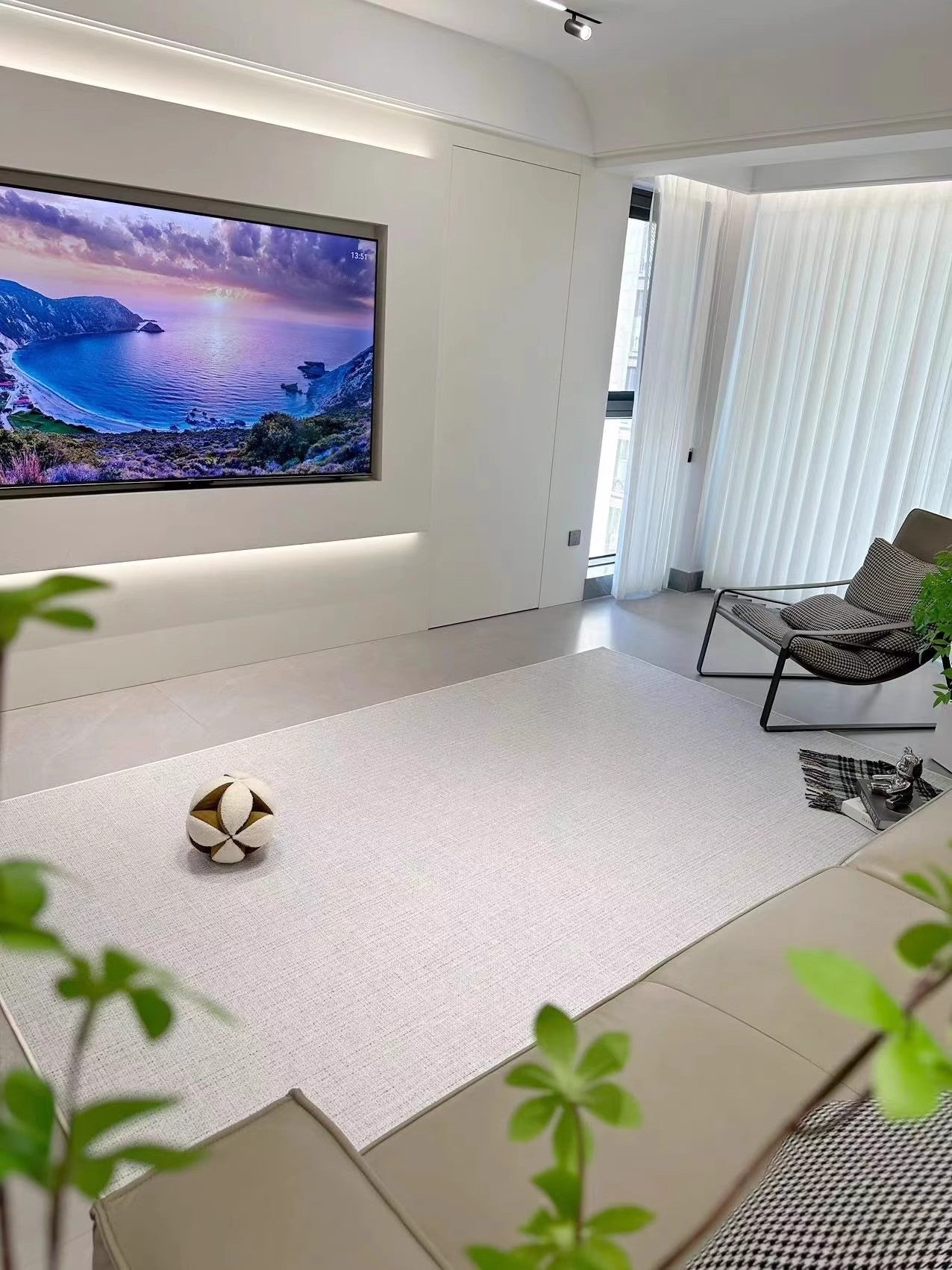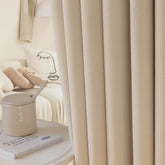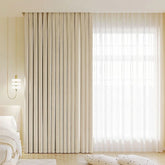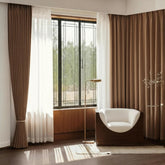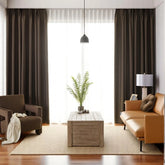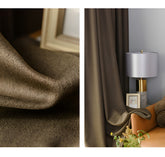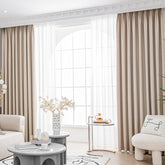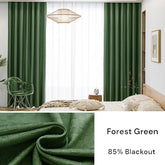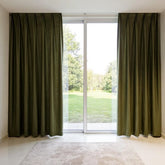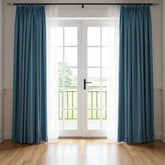What Curtain Hardware Do I Need for Custom Curtains?
Custom curtains are a fantastic way to add a personal touch to your home decor. They allow you to choose the fabric, color, and design that perfectly complements your style and enhances the overall aesthetic of your space. However, when it comes to custom curtain installation, the importance of curtain hardware cannot be overstated. Curtain hardware not only provides the necessary support and functionality but also adds an extra layer of style and sophistication to your curtains. In this guide, we will explore the different types of curtain hardware, considerations for choosing the right hardware, measuring and installing techniques, additional accessories, maintenance tips, budget considerations, and more.
Types of Curtain Hardware
A. Curtain rods
Curtain rods are the backbone of any curtain installation. They provide the necessary support for your curtains and determine how they hang and drape. There are several types of curtain rods to choose from:
- Single curtain rods: These are the most common type of curtain rods and are designed to hold one curtain panel.
- Double curtain rods: Double curtain rods allow you to hang two curtain panels, providing a layered and more decorative look.
- Tension rods: Tension rods are a great option for those who don't want to drill holes in their walls. They can be easily adjusted to fit the width of your window frame.
B. Curtain brackets
Curtain brackets are used to attach the curtain rod to the wall or ceiling. They come in various styles and designs to suit different installation needs:
- Wall-mounted brackets: These brackets are attached to the wall and provide sturdy support for your curtain rod.
- Ceiling-mounted brackets: Ceiling-mounted brackets are ideal for installations where the curtains need to be hung from the ceiling, such as in rooms with high windows or vaulted ceilings.
C. Curtain rings and hooks
Curtain rings and hooks are essential for attaching your curtains to the curtain rod. They come in different styles and materials:
- Clip rings: Clip rings have a small clip that attaches directly to the top of the curtain fabric, making it easy to open and close the curtains.
- Sew-on rings: Sew-on rings are stitched directly onto the top of the curtain fabric, providing a more seamless and tailored look.
- S-shaped hooks: S-shaped hooks are versatile and can be used with both clip rings and sew-on rings. They easily slide onto the curtain rod and provide a secure attachment point for the curtains.
Considerations for Choosing Curtain Hardware
A. Weight and length of curtains
When choosing curtain hardware, it's important to consider the weight and length of your curtains. Different types of curtains require different levels of support:
- Heavy curtains: If you have heavy curtains, such as velvet or blackout curtains, you'll need sturdy curtain rods and brackets that can support the weight.
- Sheer curtains: Sheer curtains are lightweight and delicate, so you can opt for lighter curtain rods and brackets.
B. Style and design of curtains
The style and design of your curtains should also influence your choice of curtain hardware:
- Traditional curtains: If you have traditional curtains with pleats or valances, you may need curtain rods with decorative finials and brackets that complement the traditional aesthetic.
- Modern curtains: For modern curtains with clean lines and minimalistic designs, sleek and simple curtain rods and brackets are a great choice.
C. Window type and size
The type and size of your windows will also impact your curtain hardware selection:
- Standard windows: For standard windows, you can choose curtain rods and brackets that are designed for regular window sizes.
- Bay windows: Bay windows require special curtain rods and brackets that can accommodate the unique shape and angles of the window.
- French doors: French doors often require curtain rods and brackets that can be mounted directly on the door frame.
Measuring and Installing Curtain Hardware
A. Measuring for curtain rods
Before installing curtain rods, it's crucial to measure the width and height of your window:
- Width of the window: Measure the width of the window frame and add a few inches on each side to allow the curtains to fully cover the window when open.
- Height of the window: Measure the height from the top of the window frame to the desired length of the curtains. Consider whether you want the curtains to touch the floor or hang slightly above it.
B. Installing curtain brackets
Installing curtain brackets correctly is essential for a secure and stable curtain installation:
- Wall-mounted brackets: Use a level to ensure that the brackets are straight and evenly spaced. Use screws and anchors appropriate for your wall type to secure the brackets in place.
- Ceiling-mounted brackets: Measure and mark the desired position of the brackets on the ceiling. Use appropriate hardware to attach the brackets securely to the ceiling.
C. Attaching curtain rings and hooks
Attaching curtain rings and hooks is the final step in the curtain hardware installation process:
- Clip rings: Simply clip the rings onto the top edge of the curtains, evenly spacing them along the width of the curtain panel.
- Sew-on rings: Sew the rings onto the top edge of the curtains, ensuring they are evenly spaced and securely attached.
- S-shaped hooks: Slide the hooks onto the curtain rod, then attach the curtains to the hooks by looping them through the ring or clip.
Additional Curtain Hardware Accessories
In addition to curtain rods, brackets, rings, and hooks, there are several other accessories that can enhance the functionality and style of your curtains:
A. Finials and end caps
Finials and end caps are decorative elements that attach to the ends of curtain rods. They come in various shapes, sizes, and materials, allowing you to add a personal touch and enhance the overall aesthetic of your curtains.
B. Curtain tiebacks and holdbacks
Curtain tiebacks and holdbacks are used to hold the curtains open and allow natural light to enter the room. They come in different styles, including fabric tiebacks, metal holdbacks, and magnetic tiebacks, providing both functionality and decorative appeal.
C. Curtain track systems
Curtain track systems are an alternative to traditional curtain rods and brackets. They consist of a track that is mounted to the ceiling or wall, allowing the curtains to slide smoothly along the track. Curtain track systems are ideal for heavy curtains or when you want a more streamlined and modern look.
D. Curtain valances and cornices
Curtain valances and cornices are decorative fabric treatments that are installed above the curtains. They add an extra layer of style and elegance to your windows and can be customized to match your curtains or complement your overall decor theme.
Maintenance and Care for Curtain Hardware
A. Cleaning and dusting
To keep your curtain hardware looking its best, regular cleaning and dusting are essential. Use a soft cloth or duster to remove dust and debris from the surface of the hardware. Avoid using harsh chemicals or abrasive cleaners that can damage the finish.
B. Lubricating moving parts
If your curtain hardware has moving parts, such as adjustable tension rods or sliding curtain track systems, it's important to lubricate them periodically to ensure smooth operation. Use a silicone-based lubricant or a light machine oil to lubricate the moving parts.
C. Repairing or replacing damaged hardware
If you notice any damage or wear and tear on your curtain hardware, it's important to address it promptly. Repair or replace any damaged or broken hardware to ensure the stability and functionality of your curtains.
Budget Considerations for Curtain Hardware
A. Cost of different types of curtain hardware
The cost of curtain hardware can vary depending on the type, material, and brand. Single curtain rods are generally more affordable, while double curtain rods and curtain track systems may be slightly more expensive. Consider your budget and choose hardware that meets your needs without compromising on quality.
B. Comparing prices and quality
When shopping for curtain hardware, it's important to compare prices and quality. Look for reputable brands that offer a good balance between price and quality. Read customer reviews and consider the durability and functionality of the hardware before making a purchase.
C. DIY options for cost savings
If you're on a tight budget, there are DIY options for curtain hardware that can help you save money. For example, you can repurpose old pipes or wooden dowels as curtain rods, or create your own curtain rings using decorative shower curtain hooks. Get creative and explore DIY alternatives to achieve the look you desire without breaking the bank.
Conclusion
Choosing the right curtain hardware is crucial for a successful custom curtain installation. It not only provides the necessary support and functionality but also adds an extra layer of style and sophistication to your curtains. Consider the weight and length of your curtains, the style and design, and the type and size of your windows when selecting curtain hardware. Measure and install the hardware correctly, and don't forget to explore additional accessories to enhance the overall look and functionality of your curtains. With the right curtain hardware, you can transform your space and create a stunning visual impact.
FAQ
Q: Where can I find custom curtains to pair with the curtain hardware?
A: You can find a wide selection of custom curtains at dolcewe. They offer a variety of fabrics, colors, and designs to suit your personal style and preferences.
Q: How do I determine the size of the curtains I need?
A: To determine the size of the curtains you need, refer to the curtain size guide. It provides detailed instructions on measuring your windows and choosing the right curtain length and width.
Q: Can I use the same curtain hardware for different types of curtains?
A: In most cases, you can use the same curtain hardware for different types of curtains. However, it's important to consider the weight and length of the curtains to ensure that the hardware can support them properly. If you're unsure, consult the manufacturer's guidelines or seek professional advice.



